History

For the first time this place was mentioned in the Swedish annals of XIII century as reliable shelter for the sea ships. The narrow passage between two islands, Hauensuoli keeps many old inscriptions and autographs on its stones of seafarers of those times. Approximately since XV centuries Hanko was used as seaport.
In XVII century a small fortress and custom were founded here. In XIV century Swedes built the fortifications on the three islands near to Hanko. In 1714 during Seven-year War Russian gained a victory above Swedish fleet near to Hangöudd (Gangut - rus., Hankoniemi - fin.) fortress. In 1910 strengthening of Hanko were included in the structure of Russian sea Fortress of Peter the Great.
The port of Hanko began to rapidly developed with constructing the railway to Helsinki area in 1873. It was unique nonfreezing port in all Finland in those times. The city itself was founded a year later - in 1874. Hanko became a pearl of Southern Finland at once - magnificent summer residences and villas (area Spa Park) began appears here in the beginning of the last century .
In the beginning of XX century more than 400 thousand peoples emigrated from Finland to England and further to America, Australia and Canada; the most of them left Motherland through the port of Hanko. Since then, beacon Russari (that on an entrance of harbour) has been named "Eye of Hanko", because it was the last sign of native land for poor emigres.
By the Soviet-Finnish peace treaty in 1940 the peninsula of Hanko was rented by Soviet Union for 30 years for creation of the naval base. July 1941 here were 28 thousand garrisons, artillery (caliber up to 12'), coastal fleet and aviation. Construction of strengthening of peninsula began in 1940 from both sides - Finnish and Soviet. In 1941 an isthmus of peninsula has 5 defensive lines on the Soviet side.
So-called Harpaskog Line was constructed on the Finnish side of the front line. There were 46 concrete bunkers for machine guns and antitank guns in the end of May 1941. Another 141 bunkers were under construction. Harpaskog Line covered the sea coast and islands and crossed the Hanko neck near to 3 km north of present day Front Museum. Numerous machine gun nests and antitank gun's positions were prepared for the battle. The trench line with barbed wire infantry obstacles complied the defense of the Line.
In the beginning of war (June, 29) Finns tried to grasp the peninsula straight off by forces of two divisions. Naturally, it was not possible. Then they have begun block and shell Hanko. The keeping of Hanko naval base became meaningless with grasping Tallinn and Moonsund's archipelago by Germans. Finns have begun to remove the armies and to send it to the front to Karelia. Evacuation of the base began October, 26, 1941 and lasted to December, 2. The exact amount of victims and losses of evacuation has not known. 27 from 88 transport ships were missed.
By the armistice of 1944 of USSR refused of the rent of peninsula. Local residents begun to come back in it's destroyed houses in 1942.
Nowadays Hanko is silent resort one-storeyed small town where would be pleasant to pass the rest of a stormy life...
Impressions
One of the most beautiful places I have ever seen. It can be strongly recommended for visiting, survey and admiration of local nature, foremost.
Fortress Hanko has not found actually (by me). All I saw were a pair of little blockhouses, quays, rusty guns etc. However, there are many military-prohibited zones with precautionary inscriptions - fortress may be there?
There are not any monuments and buildings of Soviet history period. It is strange...
It was autumn. Places were uninhabited, empty and fascinating...
All the same - it was good!
Land forts and fortress:
Bip Castle Gatchina Ivangorod Izborsk Kexholm Kirillov Monastery Koporye Novgorod Pechorskiy Monastery Peter&Paul Fortress Porkhov Pskov Schlisselburg Staraya Ladoga Tikhvin Vyborg Hameenlinna Hamina Kastelholm Kymenlinna Lappaenranta Raseborg Castle Savonlinna Tavetti Turku Visby Fredrikstadt Fredriksten Hegra Fort Hoytorp Fort Arensburg Narva Tallinn Antipatris Caesarea Jerusalem Latrun Fort Masada
Sea forts and fortresses:
Alexander Fort Ino Fort Krasnaya Gorka Fort Kronstadt: Kotlin isl. Kronstadt: North Forts Kronstadt: South Forts Trongsund Hanko Svartholm Sveaborg Marstrand Siaro Fort Vaxholm Oscarsborg
Artillery batteries and individual guns:
Coastal Artillery Hemso Fort
Fortified areas and defensive lines:
Karelian Fortified Area (KaUR) KrUR Leningrad Mannerheim Line Nevsky Bridgehead VT Line Harparskog Line Salpa Line Gothland
Russian
S e a r c h All news

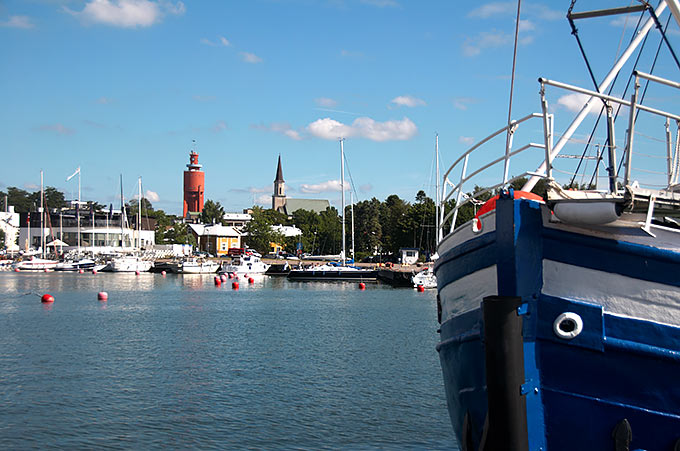 The port of Hanko
The port of Hanko
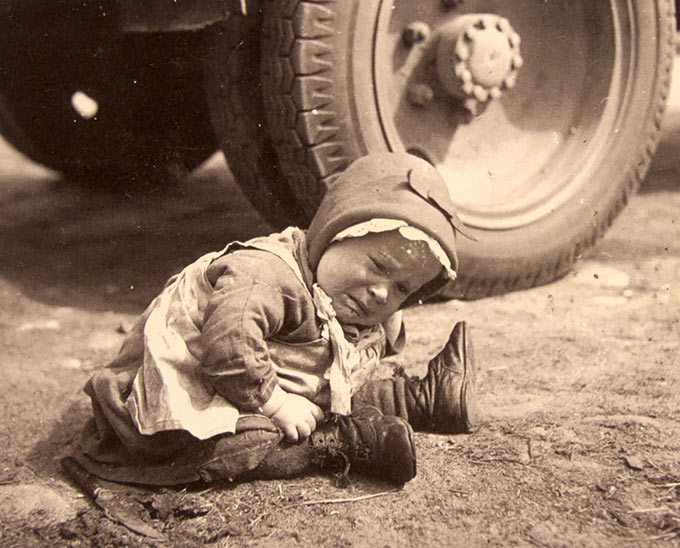 Evacuation of the population of Hanko in the spring of 1940 (photo from the Hanko Front Museum)
Evacuation of the population of Hanko in the spring of 1940 (photo from the Hanko Front Museum)
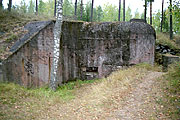 Finnish machine gun bunker of the Harpaskog line, built in 1940.
Finnish machine gun bunker of the Harpaskog line, built in 1940.
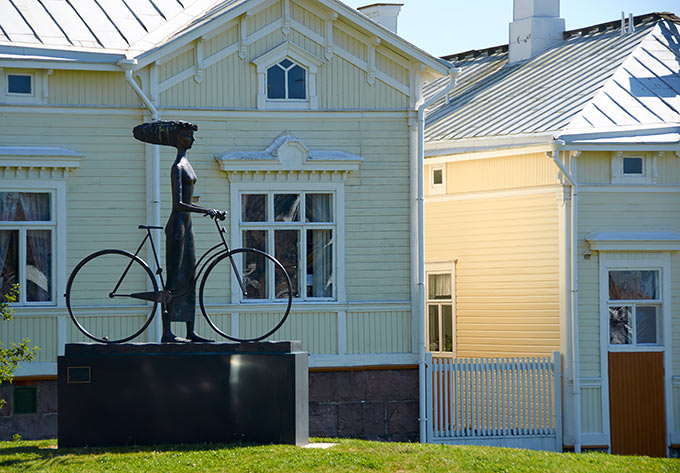
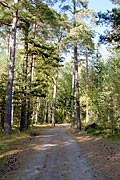
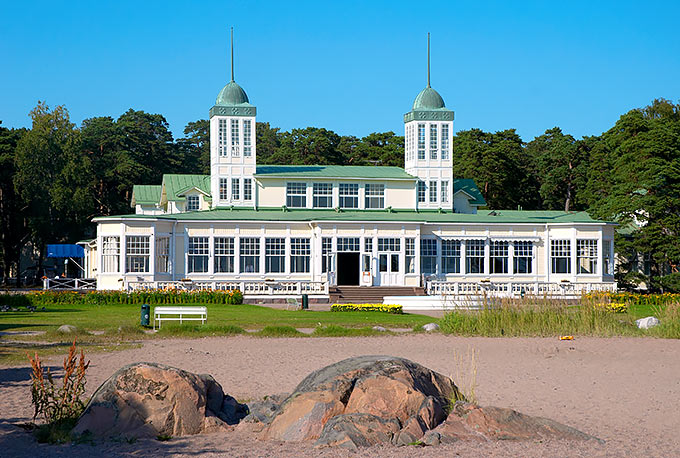 Casino in Hanko
Casino in Hanko
